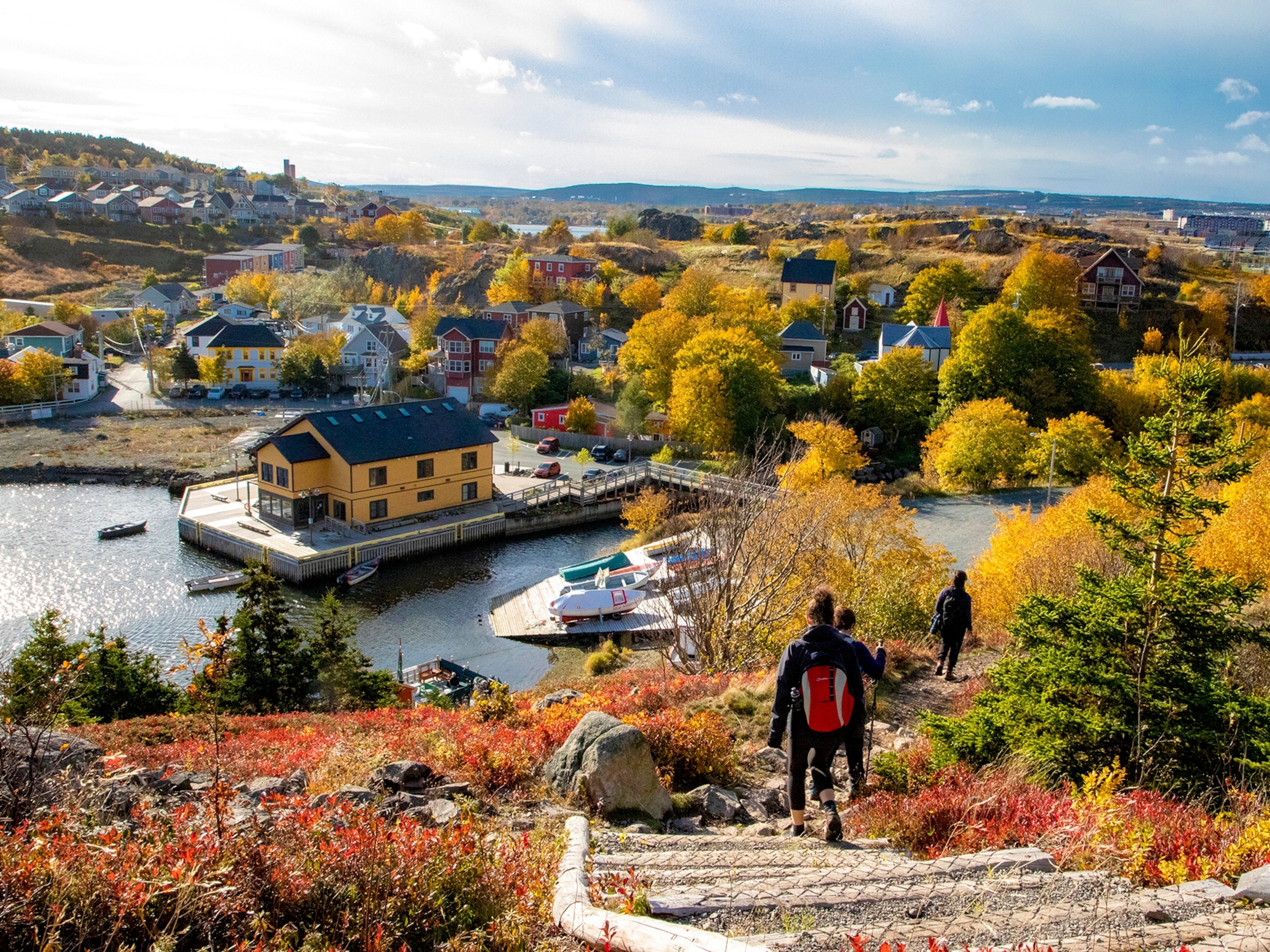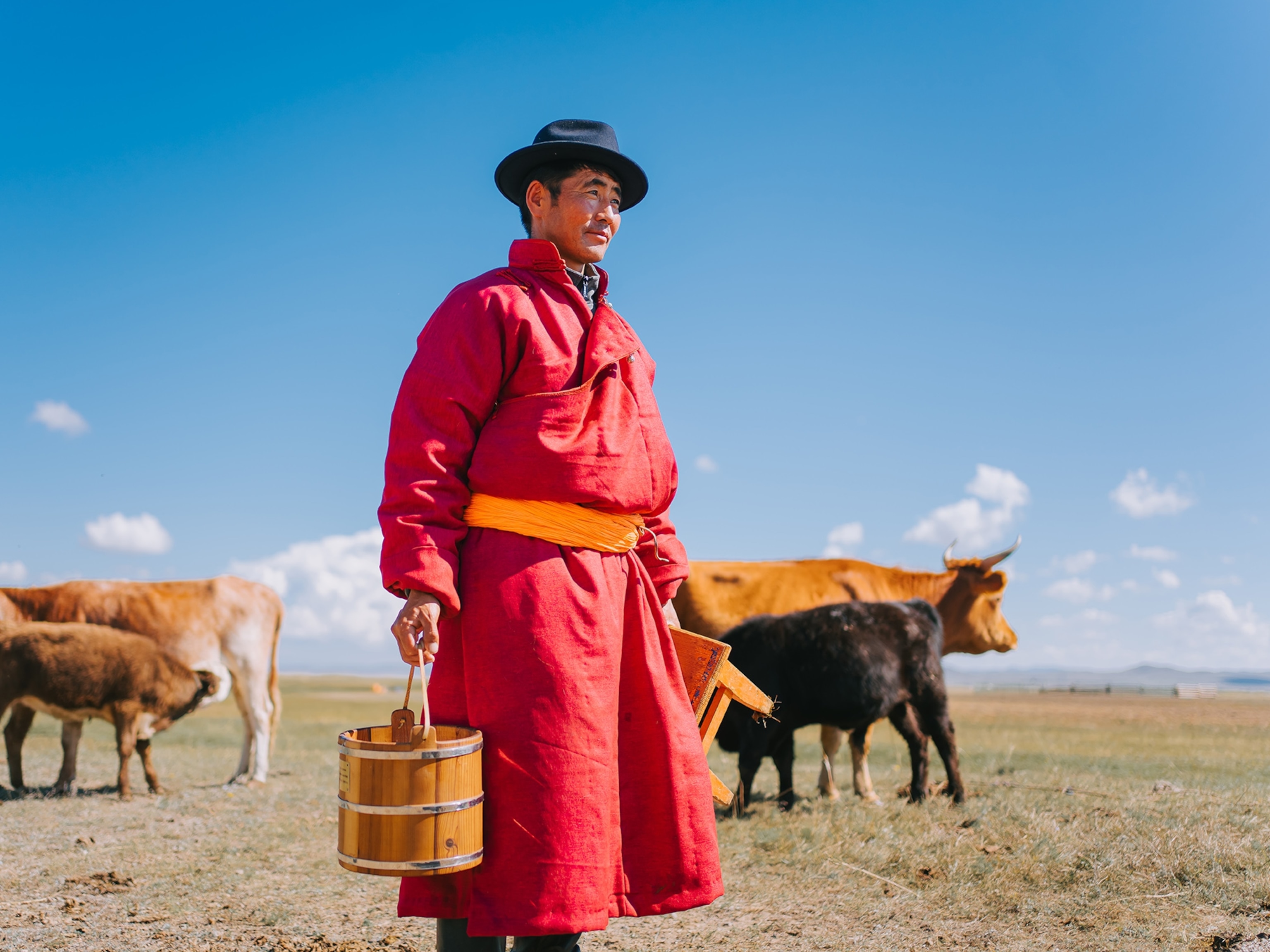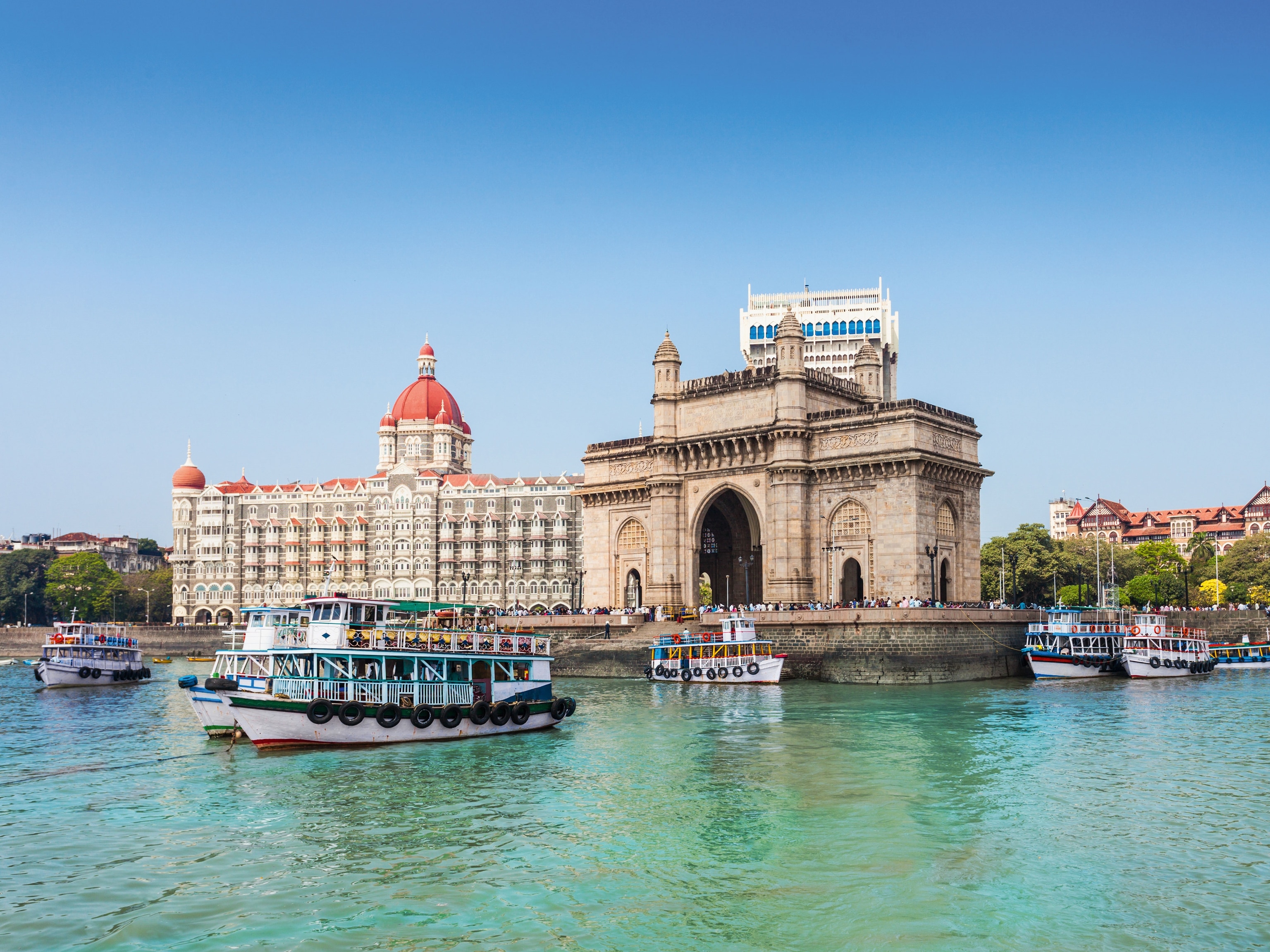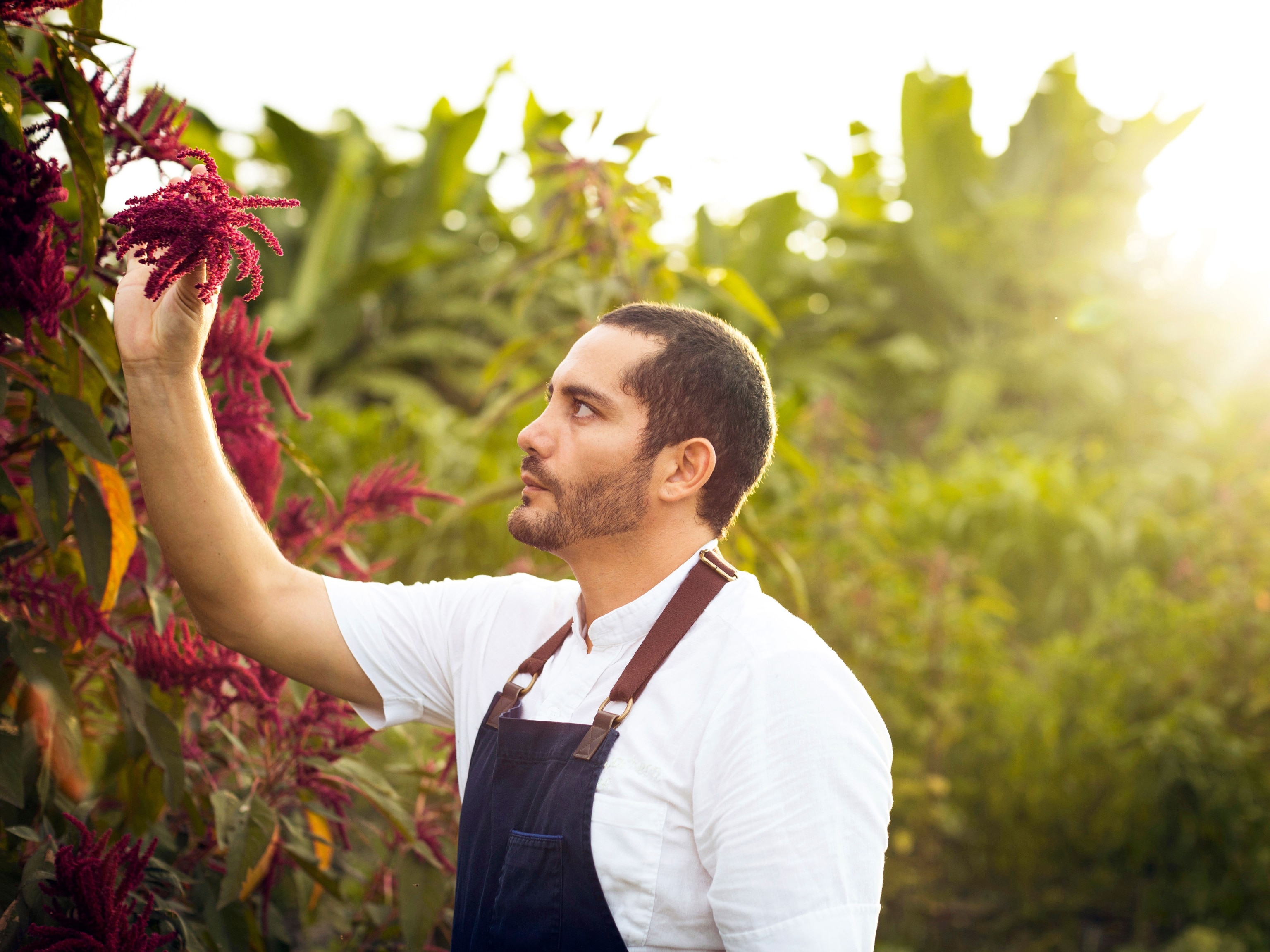See how Kochi's spice trade legacy continues to shape this gateway to Kerala's backwaters
Gateway to the canals and lagoons of the Kerala backwaters and to the Arabian Sea, Kochi was for centuries a major hub for the spice trade. This legacy has left an indelible mark on its identity and continues to shape the multilayered city today.
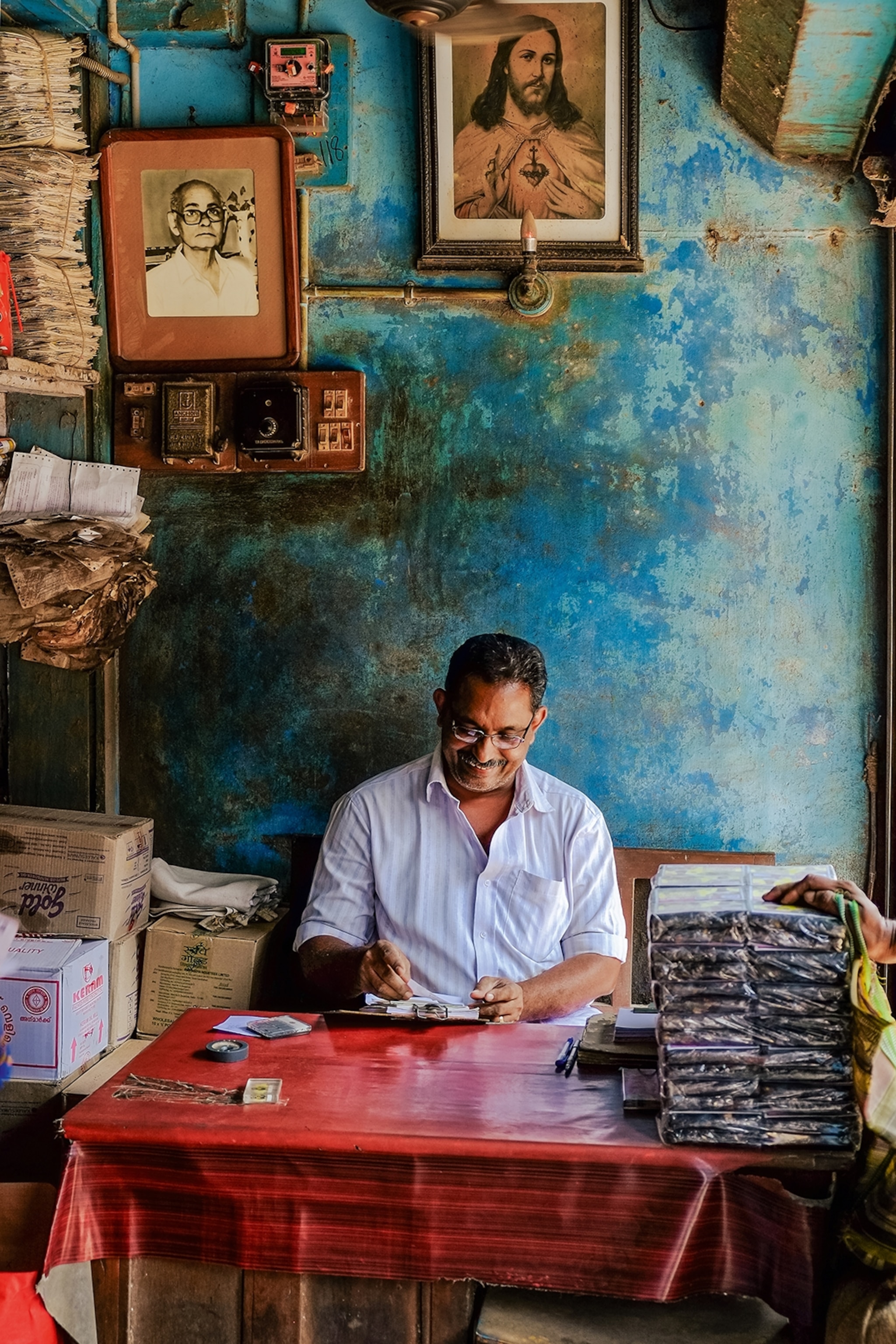
Photograph by Francesco Lastrucci
Story and photographs byFrancesco Lastrucci
March 1, 2025
This article was produced by National Geographic Traveller (UK).
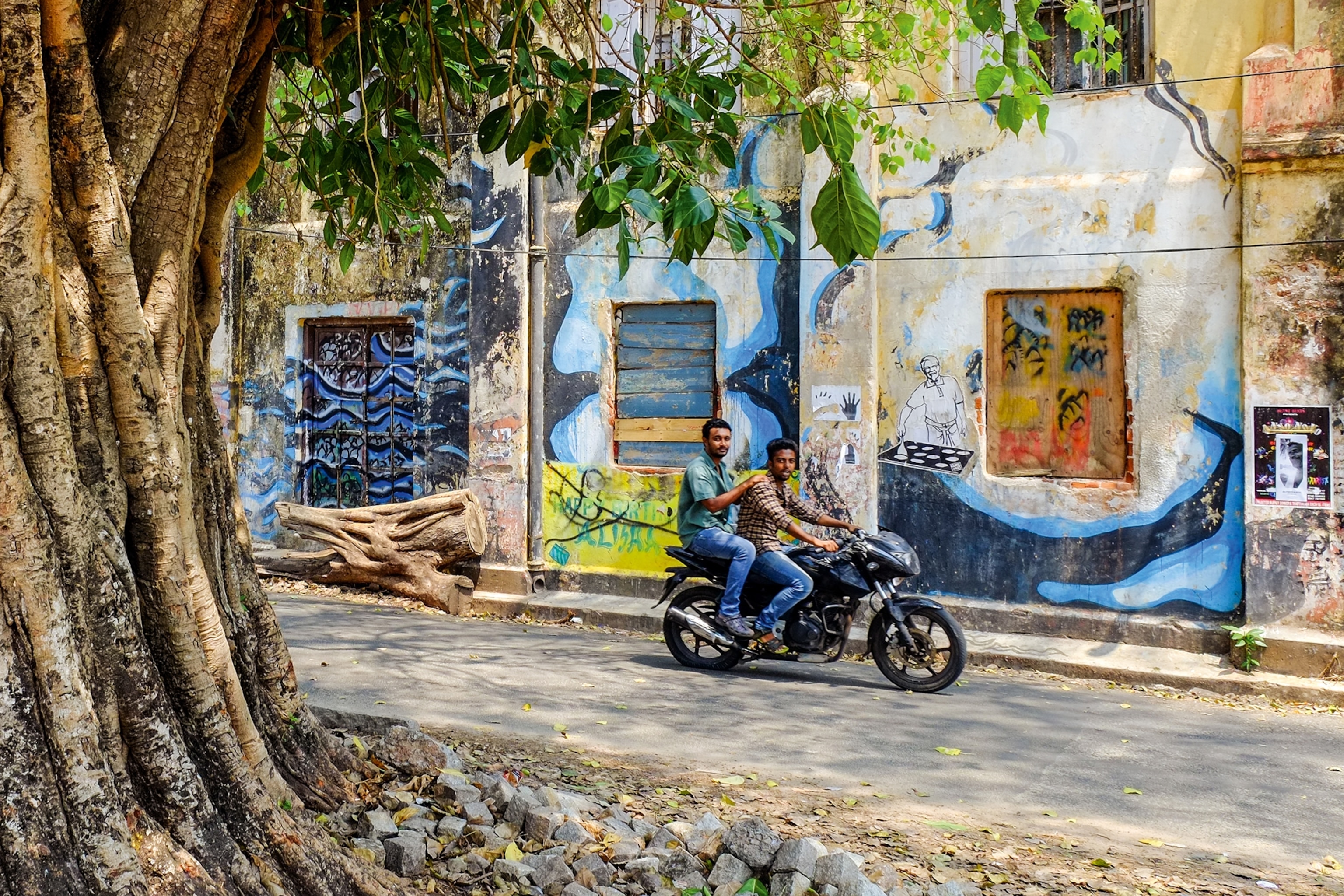
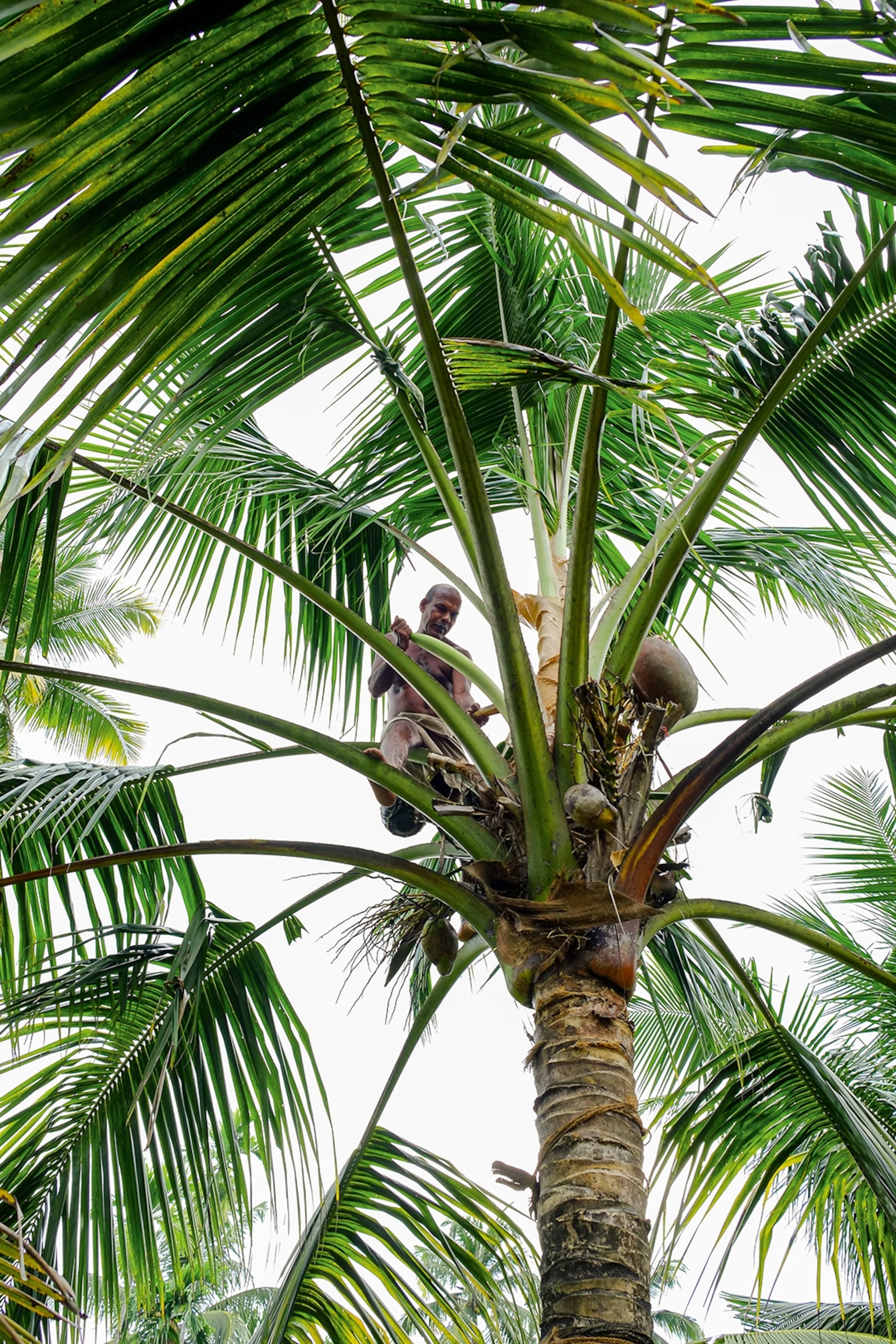
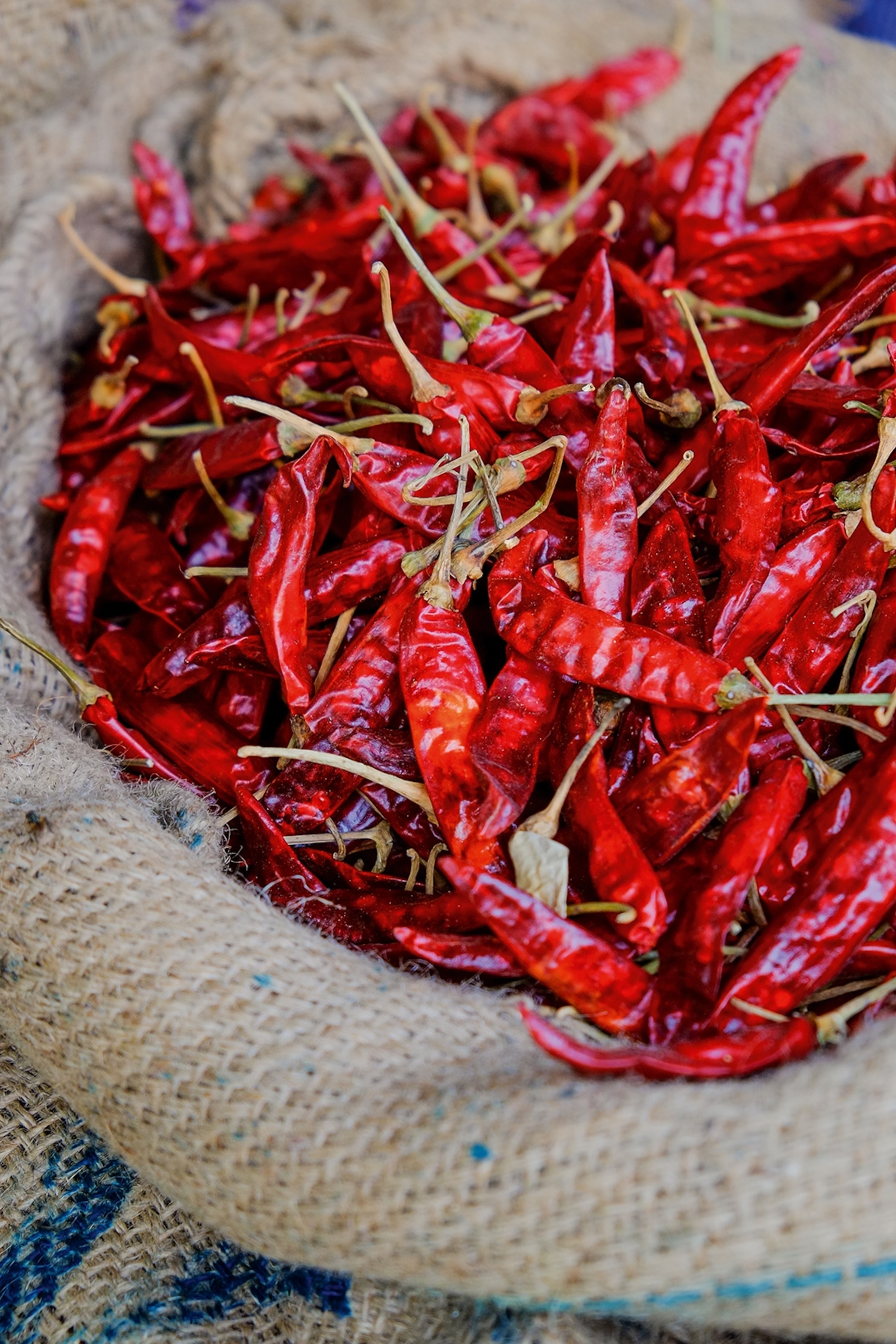

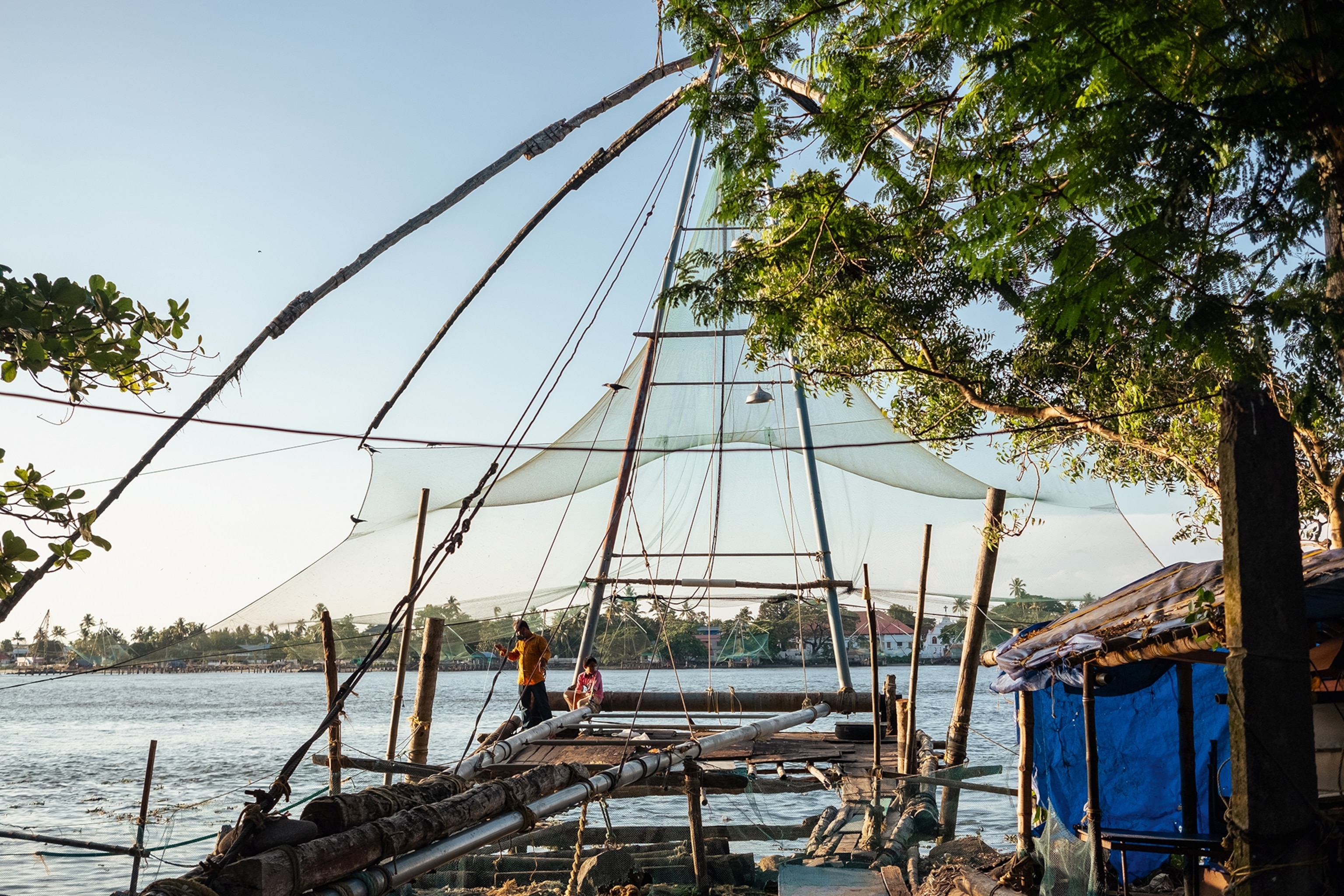
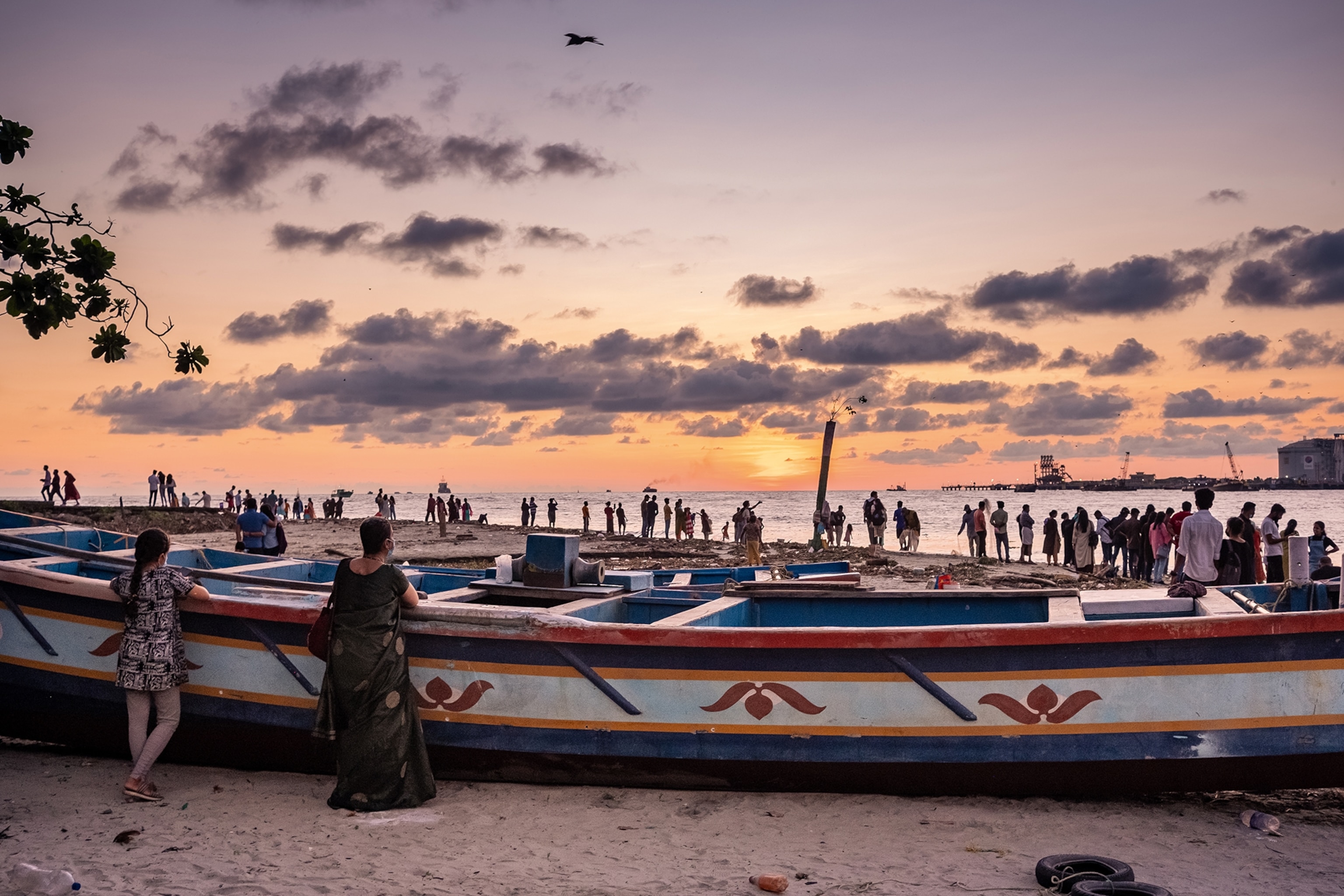
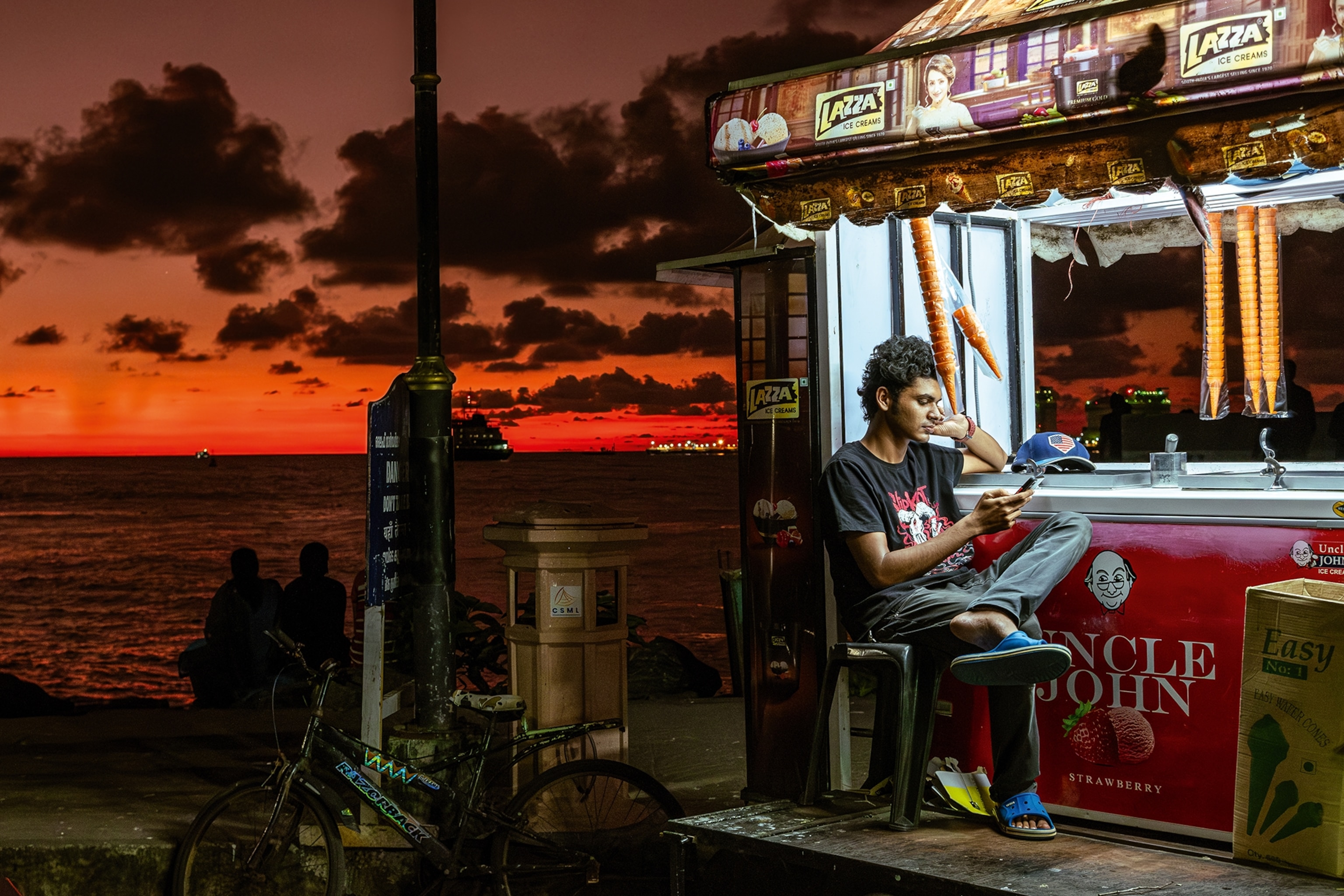
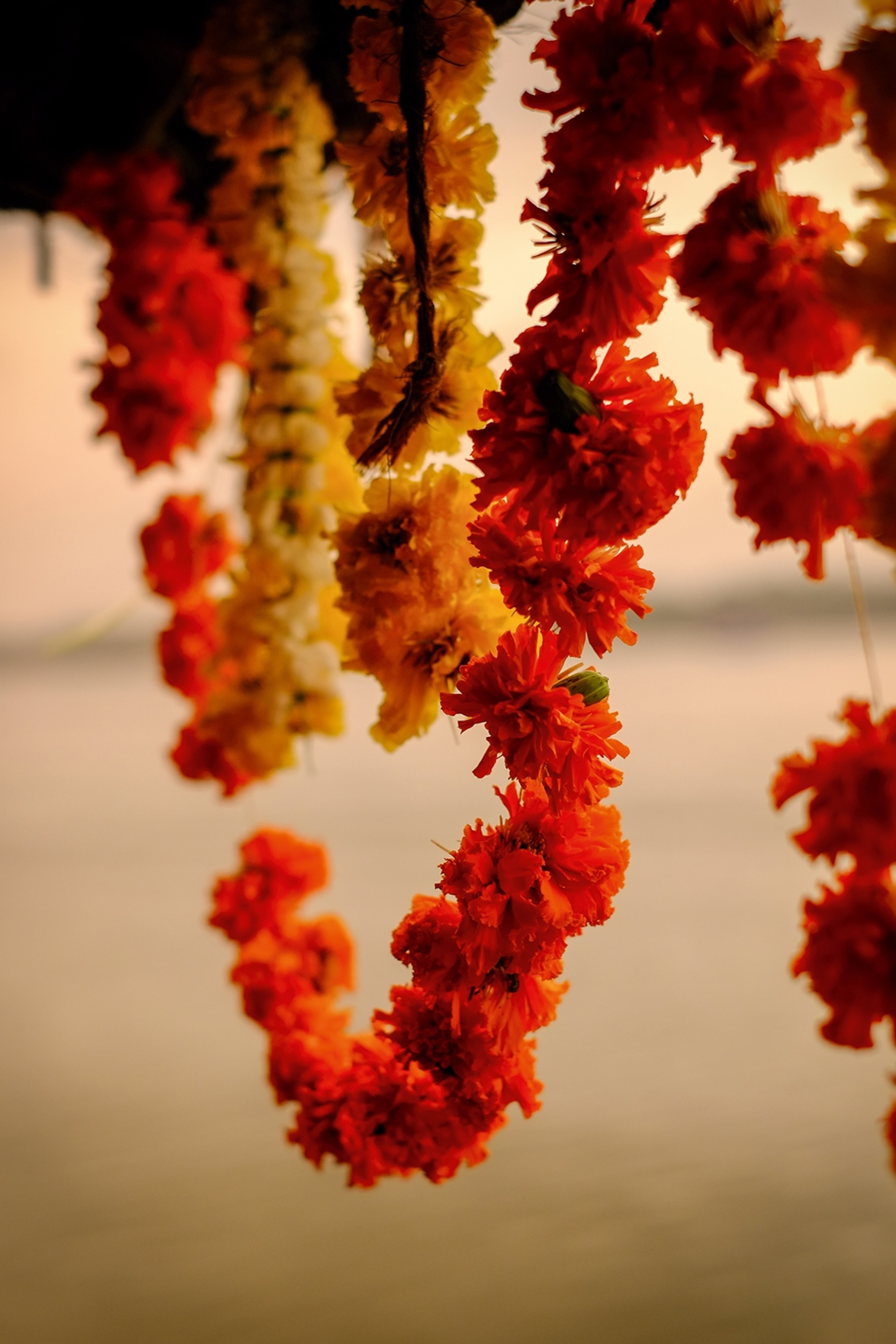
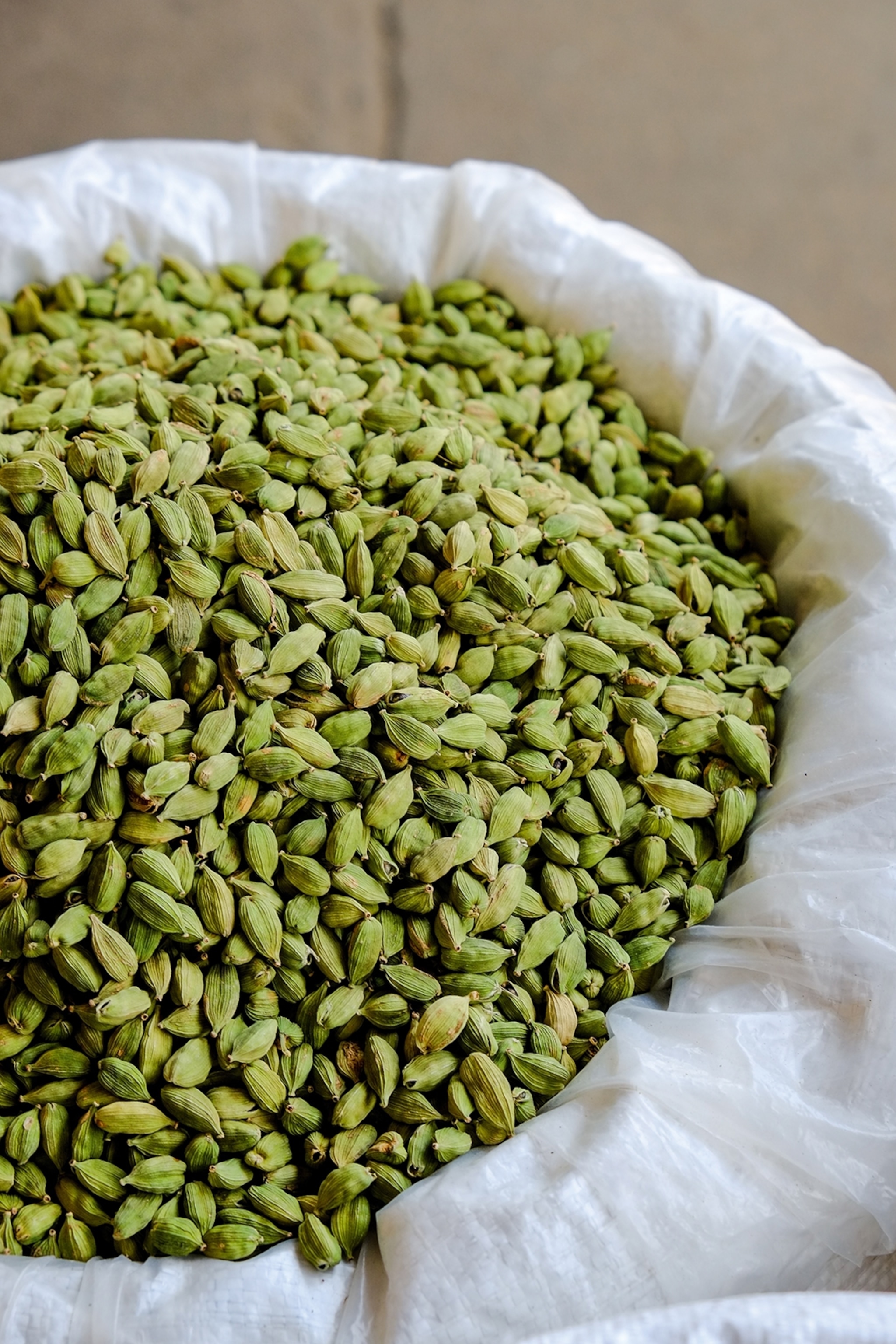

Published in the March 2025 issue of National Geographic Traveller (UK).
To subscribe to National Geographic Traveller (UK) magazine click here. (Available in select countries only).
To subscribe to National Geographic Traveller (UK) magazine click here. (Available in select countries only).


